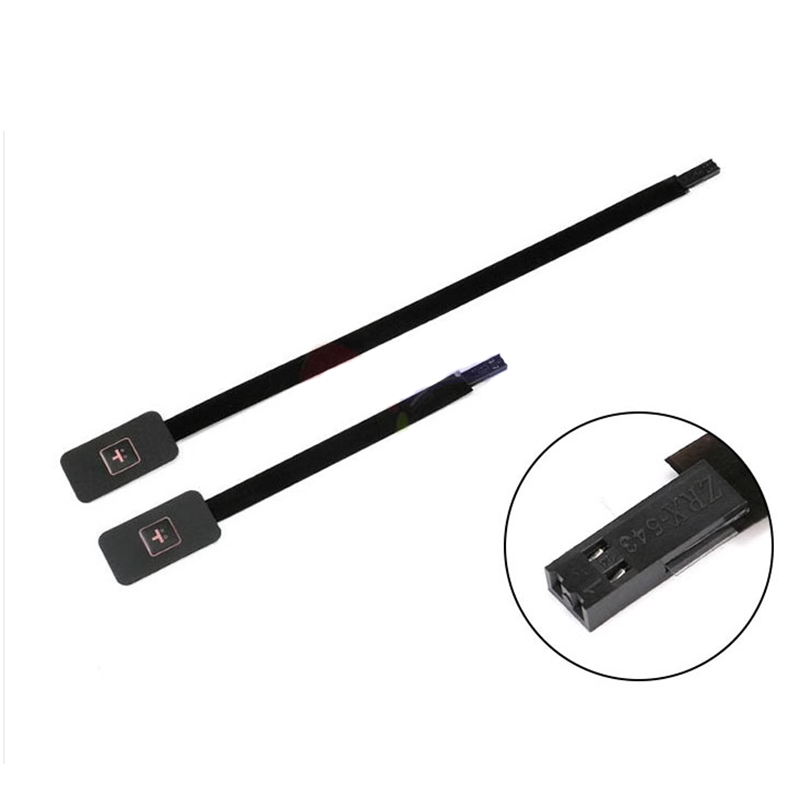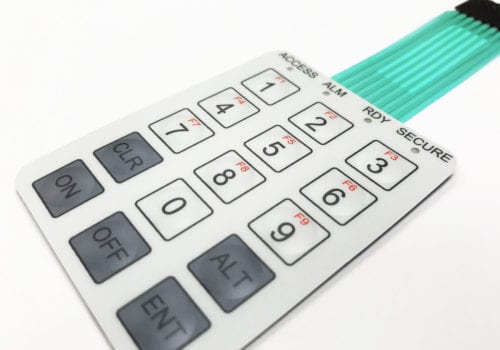Membrane Switches vs. Traditional Switches: What You Need to Know
Membrane Switches vs. Traditional Switches: What You Need to Know
Blog Article
Why Membrane Layer Changes Are Vital for Resilient Control Systems
Membrane switches play an essential role in making certain the sturdiness and dependability of control systems throughout numerous industries. Their special construction allows them to withstand challenging ecological factors such as humidity, temperature extremes, and physical wear. This resilience not just expands the life-span of the systems they serve yet likewise minimizes maintenance requirements. As we explore the diverse benefits of membrane layer switches, it ends up being evident that their relevance transcends simple performance, affecting user experience and functional effectiveness. What further implications do these attributes hold for the future of control system layout?
Review of Membrane Layer Switches
Membrane switches are flexible and reputable parts generally made use of in various digital control systems. These buttons include several layers, including a graphic overlay, a spacer layer, and a printed circuit layer. The visuals overlay offers both functional and visual layout, while the spacer layer makes sure that the buttons are activated only when pressed. The printed circuit layer includes conductive traces that complete an electrical circuit when the membrane layer is pressed, making it possible for the gadget to reply to individual inputs.
Membrane switches are typically preferred in applications calling for a portable and lightweight layout, making them perfect for handheld devices, medical tools, and industrial equipment. They can be customized to fulfill certain customer demands and can incorporate numerous features such as backlighting, tactile feedback, and multiple shades. Membrane switches are immune to dirt, dampness, and pollutants, making them appropriate for settings where sturdiness is essential.
Advantages of Toughness
In lots of applications, the longevity of membrane changes deals significant benefits that boost their total performance and integrity. These buttons are made to endure extreme settings, making them excellent for use popular problems such as high humidity, extreme temperature levels, and exposure to chemicals. Their durable construction assists to stop damage from physical influence, making sure lasting capability and lessening the demand for regular replacements.
In addition, membrane buttons are resistant to use and tear, which is crucial in applications where frequent interaction happens. This resilience translates to lower upkeep expenses, as organizations profit from decreased downtime and less service disturbances. The encapsulated style of membrane layer switches protects internal parts from dust and wetness ingress, further contributing to their life-span (membrane switch).
An additional advantage is their capability to preserve consistent performance in time. With a high resistance for mechanical anxiety, these buttons protect their responsive comments and electrical integrity, making sure customer complete satisfaction. Ultimately, the resilience of membrane layer switches over not just improves operational efficiency but additionally promotes self-confidence in their dependability, making them a favored option for control systems across different industries.
Applications in Numerous Industries
Durable control systems employing membrane buttons find comprehensive applications throughout a series of sectors, each gaining from the special characteristics these buttons use. In the clinical sector, membrane layer switches are critical for devices such as person displays and analysis tools, where reliability and ease this contact form of cleaning are extremely important. Their resistance to dampness and contaminants ensures they maintain functionality in sterile environments.
The automotive sector leverages membrane layer switches for dashboard controls and infotainment systems, where they supply sleek, inconspicuous user interfaces that improve customer experience. These buttons are also made to hold up against rough conditions, including direct exposure to severe temperature levels and resonances.
In industrial settings, membrane buttons are typically used in equipment control board, supplying responsive comments and resilience necessary for high-usage applications. Their capability to withstand chemicals makes them appropriate for producing settings where spills and contaminants are constant.

Customer electronic devices, such as kitchen home appliances and remote controls, additionally utilize membrane switches for their versatility and cost-effectiveness. In general, the adaptability and durable nature of membrane switches make them indispensable throughout various fields, ensuring effective operation and longevity in control systems.
Design and Aesthetic Charm
While capability is vital, the style and visual charm of control systems outfitted with membrane layer buttons play an important function in individual interaction and general experience (membrane switch). The aesthetic layout of these buttons can substantially affect customer understanding and interaction. A properly designed membrane switch boosts the beauty of the gadget, making it a lot more attractive to users and fostering a link in between the user and the product
Membrane switches use a lot of adaptability in try this style, permitting producers to tailor graphics, shades, and structures to straighten with brand identification and item looks. Using lively shades and distinctive patterns can attract interest, while responsive responses can strengthen the user's interaction with the gadget. Additionally, the capacity to incorporate LED indicators and backlighting right into the membrane layer button style offers both useful and visual advantages, enhancing presence and use in right here various atmospheres.

Enhancing Customer Experience

Furthermore, membrane buttons can be personalized to integrate visual interfaces, enhancing usability by offering info in a clear and intuitive way (membrane switch). This customization can consist of symbols, labels, and shade coding that overview individuals with facility capabilities with simplicity. In addition, their adaptability enables assimilation in different atmospheres, guaranteeing constant performance whether in commercial machinery or consumer electronics
The toughness of membrane switches additionally plays a critical function in user experience. By enduring rough conditions and prolonged usage, these buttons minimize the possibility of system failings, hence promoting integrity and user self-confidence. Ultimately, the tactical use membrane layer changes not just boosts capability yet also dramatically improves customer interaction with control systems, making them an important part in modern-day design.
Verdict

Report this page